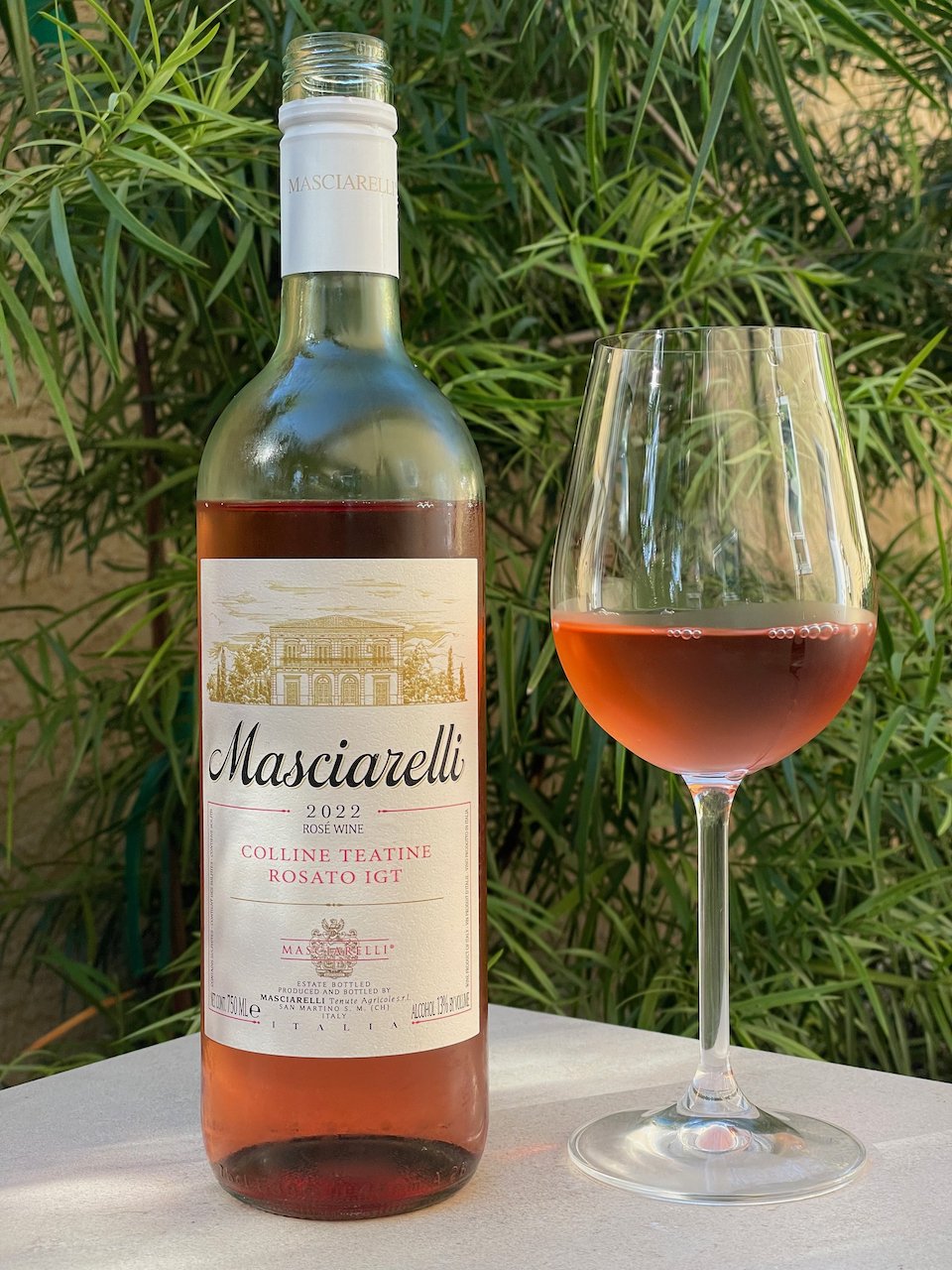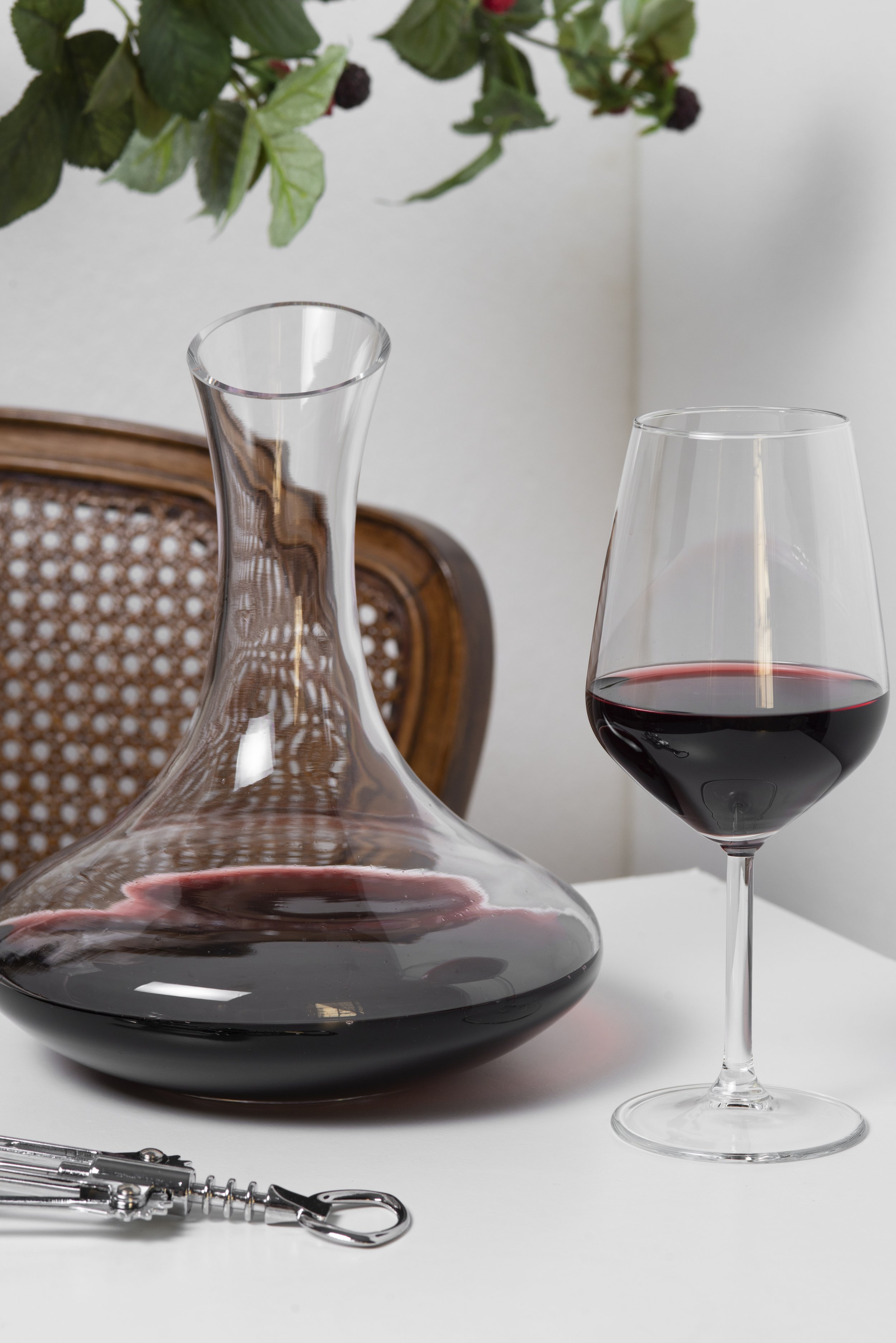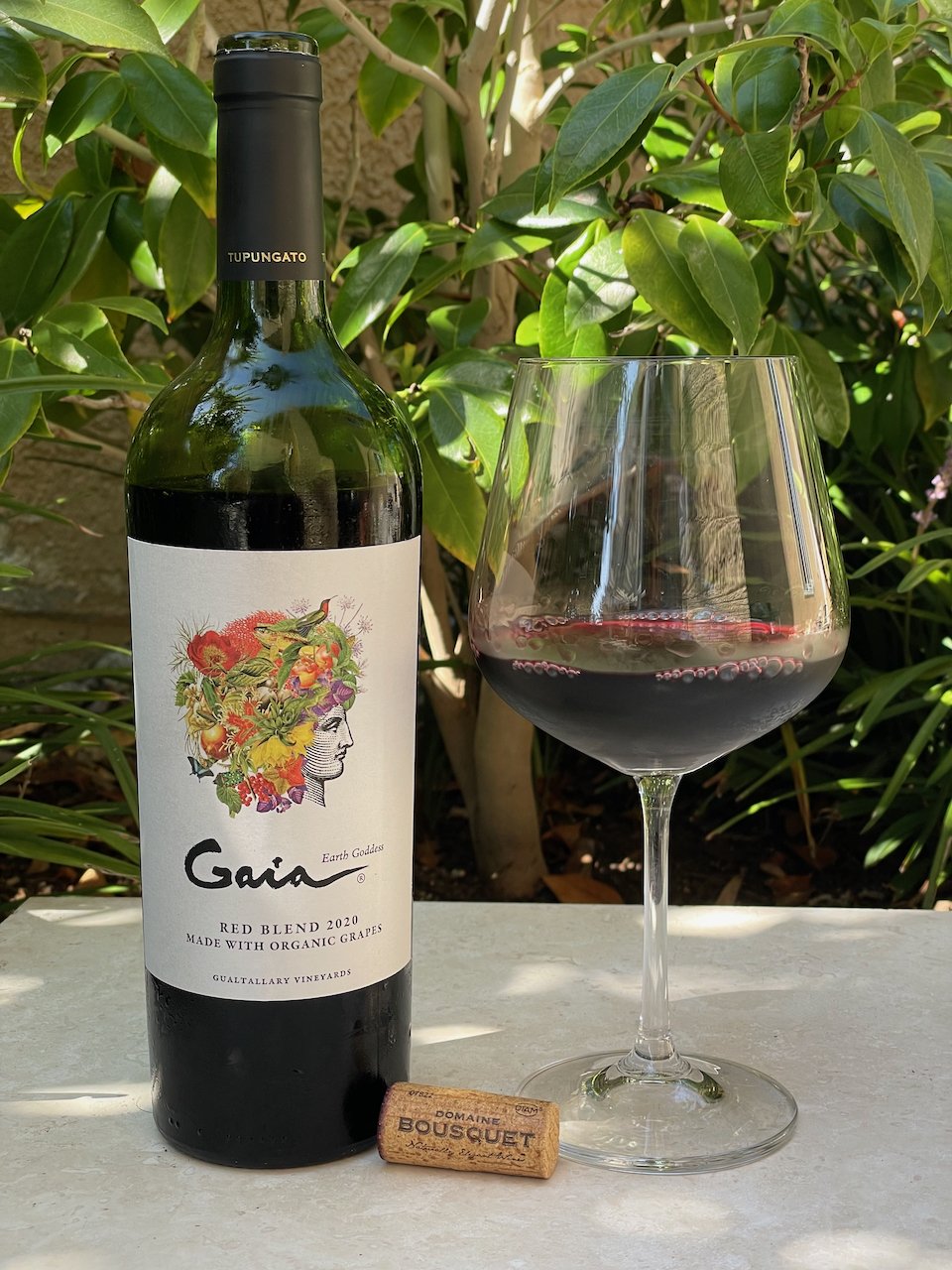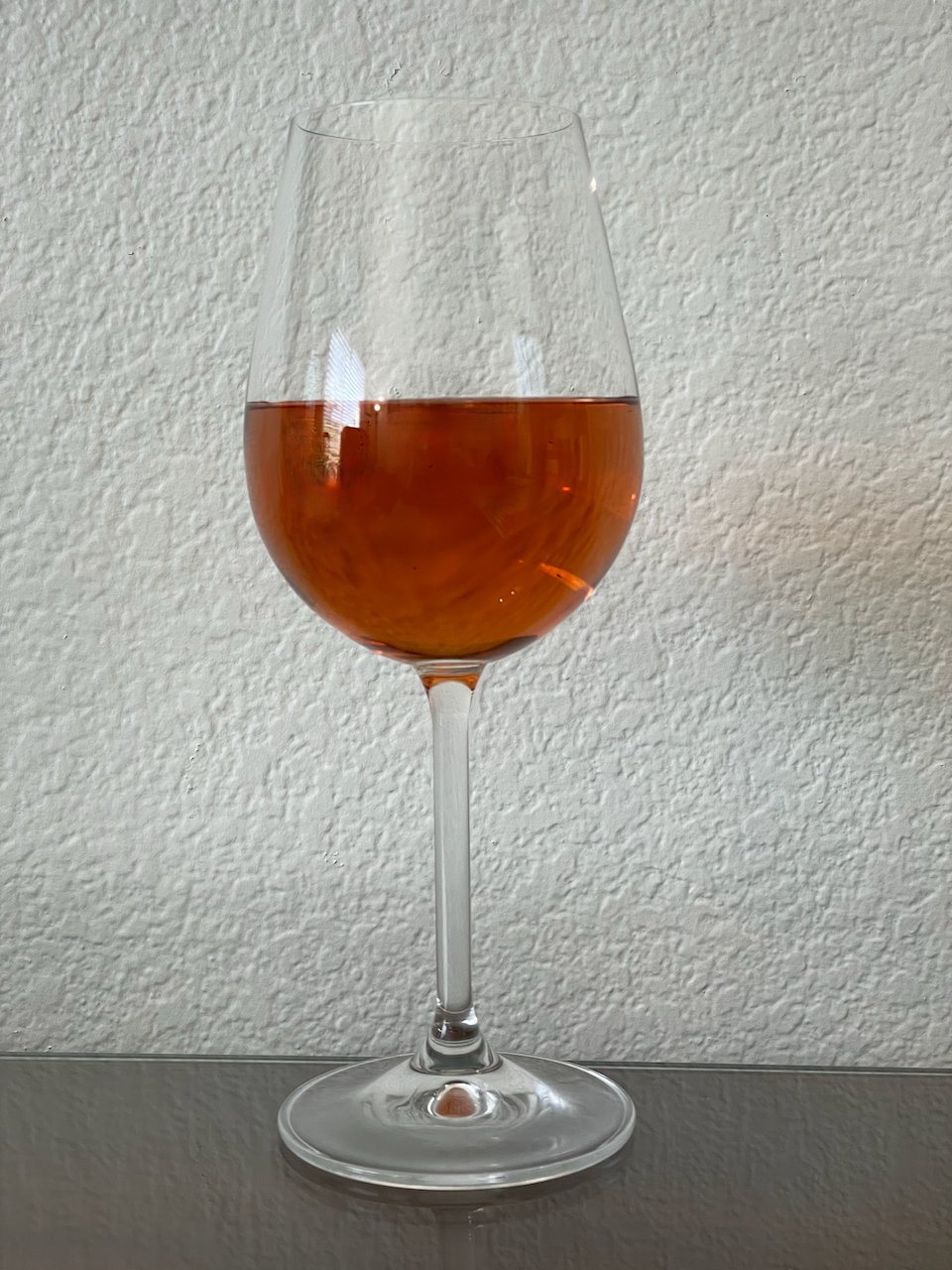2022 Masciarelli Colline Teatine Rosato ($14)
Mention the Abruzzo wine region of Italy to fellow wine lovers and chances are the conversation will swiftly turn to Masciarelli (Mass-shee-ah-RELL-ee). Few wineries have done more in recent decades to affect the Abruzzo wine industry, moving it into the 21st century, and shattering for good the stereotype of this southern Italian region as little more than a source of cheap, rustic wines and supermarket brands.
Masciarelli produced their first vintage in 1981, and to this date, all of their wines remain estate grown.
The Colline Teatine IGT, where the grapes for this rosato are grown, has a Mediterranean climate and breezes from the nearby Maiella mountains. Within the Colline Teatine, Masciarelli has plots in three areas:
- Casacanditella: At 1,247 feet, between the Majella Massif and the Adriatic Sea. Vineyards are planted with Montepulciano and protected from drought by cisterns.
- Bucchianico: In a landscape of Mediterranean scrub, Montepulciano and Trebbiano enjoy extra sunlight due to imposing gullies which reflect sunlight on vineyards planted at 1,181 feet.
- Ripa Teatina: The area, at 656 feet, is planted with Cabernet Sauvignon, Montepulciano and Trebbiano.
This Masciarelli Colline Teatine Rosato is produced from 100% Montepulciano D’Abruzzo grapes that are pressed with minimal contact with the skins to achieve this beautiful salmon color. It is fermented in stainless steel tanks to preserve its bright fruit flavors. It has subtle aromas of strawberry and cherry. On the palate it has delicate flavors of strawberry, candied cherry and citrus notes. It is light and refreshing with good acidity.
A delightful, refreshing Italian rosato like this one from Masciarelli, that is also quite affordable, certainly deserves being called this week’s Behind the Cork™ Wine of the Week. Cheers!
Disclosure of Wine Sample Submission: I received this sample at no cost for review. The opinions expressed are entirely my own.
Sample Provided by Masciarelli Winery via Creative Palate Communications










